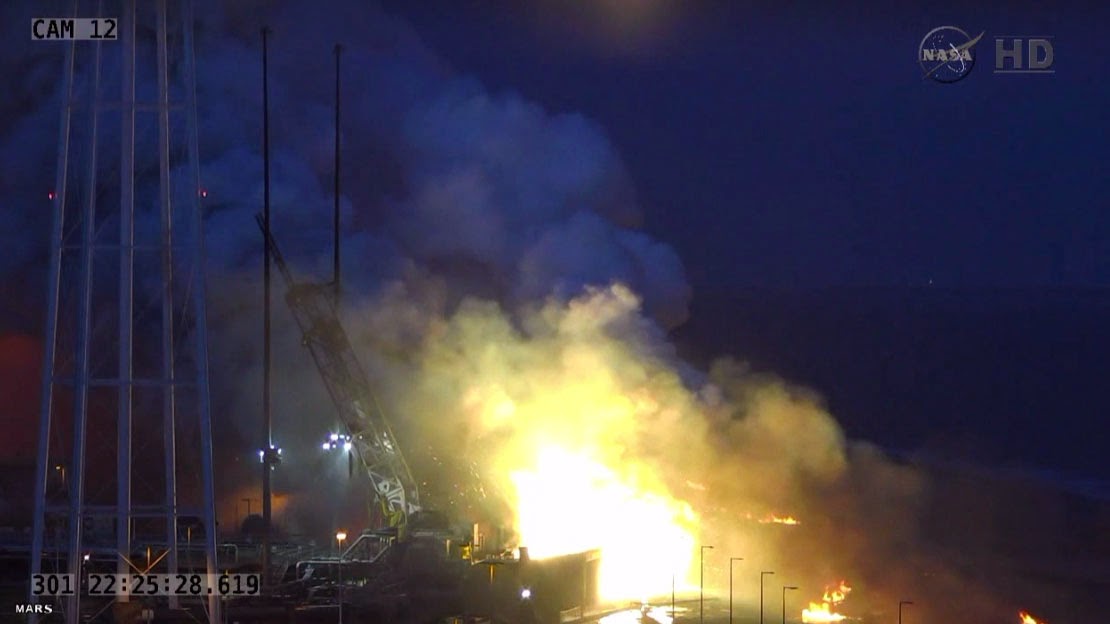

Orbital Science’s Antares rocket exploded just seconds after liftoff yesterday. The rocket was carrying science experiments and supplies for the International Space Station. The mission was unmanned, and nobody on the ground was injured either, according to the public video feed from NASA’s Wallops Flight Facility. The combined value of the destroyed rocket and cargo vessel, a Cygnus craft built by NASA, is $200 million.
As many commenters have noted, space is hard. It’s unfortunate and costly when launches fail, but not unprecedented. We’re republishing this gallery of unmanned NASA mission failures as a reminder of some recent history. Some of these examples even include fixes! Although we’re guessing the experiments Antares was carrying won’t be so easily repaired.
By the way, NASA is now collecting debris from the explosion to help engineers understand what went wrong. Those who live near Wallops and see what may be Antares debris can call NASA’s incident response team at (757) 824-1295. People shouldn’t touch the debris, which can be contaminated with toxic rocket fuel or other chemicals.
View the gallery below.










